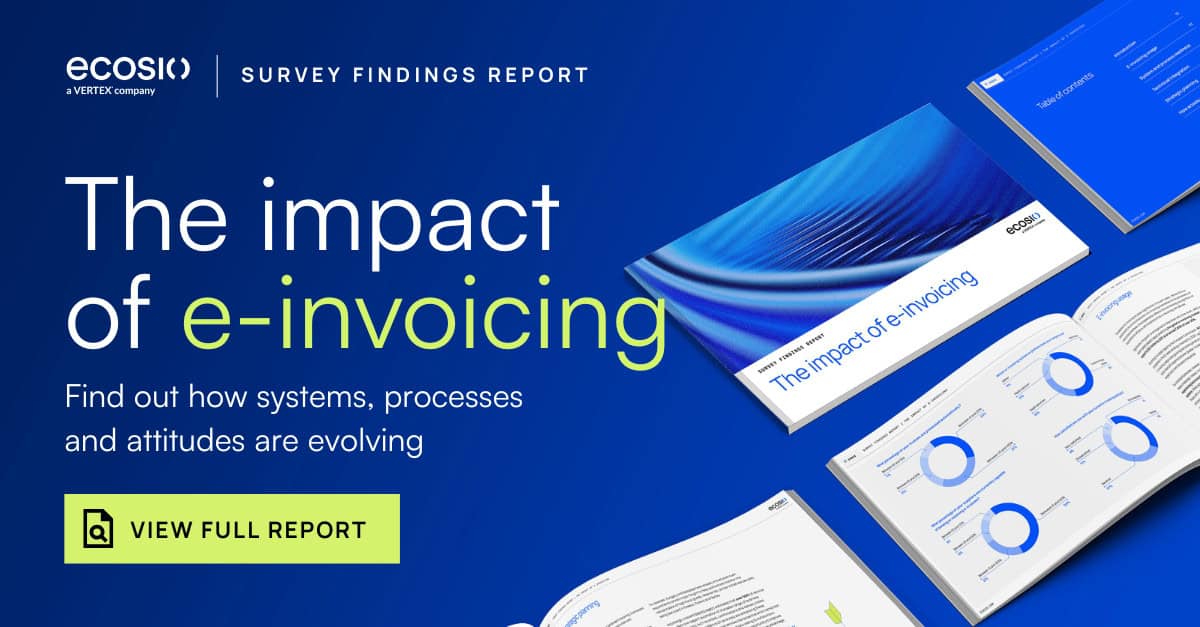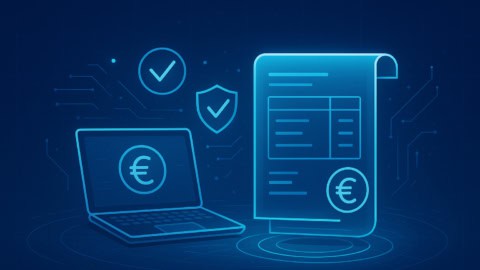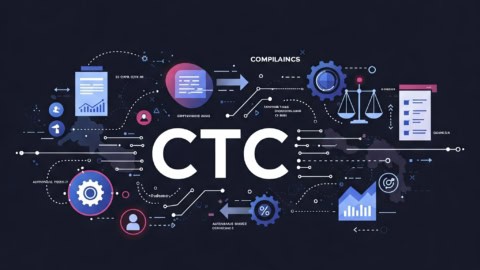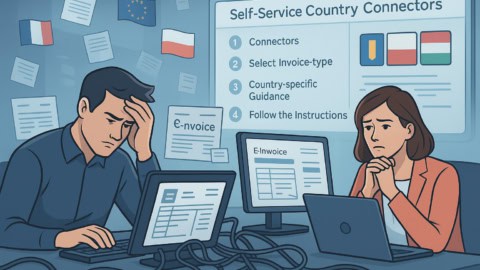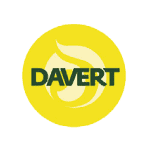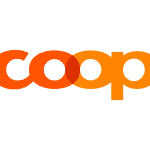Executive Summary:
- Building your own solution gives you control, but can be risky, and involves significant investment and resources
- Buying an e-invoicing solution offers speed, scalability, and simplicity
- Most enterprises today opt for outsourcing to reduce costs and take the hassle out of complicated compliance processes
Should you build or buy your e-invoicing solution?
If you’re wondering whether to build or buy your e-invoicing solution, the short answer is that for most enterprises, buying is faster, more cost-effective, and less risky – especially as global e-invoicing requirements grow increasingly complex. However, there are specific cases where building in-house may still be worth considering. Ultimately, your decision will depend on many factors, such as your internal capabilities, compliance needs, and strategic priorities.
In-house vs outsourced e-invoicing: what to consider
Deciding between building your own e-invoicing system or purchasing one involves several business-critical factors. What makes most sense for your business will depend largely on the depth of your internal resources and e-invoicing expertise, as well as the strength, flexibility and sustainability of existing technology and processes.
The following chart illustrates the main areas that businesses intending to build an e-invoicing solution will need to ensure they have sufficient capacity to handle internally.
| Capabilities |
Internally built e-invoicing solution | Externally managed e-invoicing solution |
| In-house e-invoicing expertise required |
❌ | ✅ |
| Robust system for tracking ongoing updates |
❌ | ✅ |
| Sufficient resources to handle monitoring and error resolution |
❌ | ✅ |
| Capacity to implement updates |
❌ | ✅ |
| Redundant infrastructure |
❌ | ✅ |
| Redundant staff on duty | ❌ | ✅ |
When does build an e-invoicing solution make sense?
While rare, an in-house approach might work if your organisation:
- Operates in only one or two countries with simple requirements
- Has a large and specialised IT/tax team
- Needs full control over data processing and architecture
- Has long-term budget allocated for ongoing support and compliance
Why most enterprises choose to buy
While many companies still use internally built e-invoicing solutions, externally managed solutions are now by far the more popular choice. Key reasons that businesses opt to buy rather than build an e-invoicing solution include…
1. Insufficient internal tax and IT expertise
E-invoicing compliance demands deep expertise in tax regulations, IT security, and systems integration. Each country enforces unique formats, authentication processes, and reporting obligations, making it challenging for enterprises to maintain in-house knowledge across multiple jurisdictions.
Without dedicated specialists, companies risk compliance failures, fines, and operational inefficiencies. By opting for an external provider, companies can achieve ongoing compliance without internal experts or the need to stay on top of constantly changing regulations.
2. Simpler certification
In many countries, e-invoicing solutions must undergo strict certification processes to gain approval from tax authorities. These certifications often require extensive testing, documentation, and periodic audits to maintain compliance. For enterprises operating across multiple jurisdictions, obtaining and renewing certifications can be resource-intensive. Third-party providers can streamline this process, eliminating this regulatory burden for businesses.
3. More manageable costs
While the up-front costs for some e-invoicing solutions may seem large, they typically are small compared to the cost of building an in-house e-invoicing solution, as this requires substantial investment—not only in initial development and human resources, but also in ongoing maintenance and security. Furthermore, the total cost of an external solution is known and can easily be budgeted for.
4. Reduced risk
Managing e-invoicing in-house exposes businesses to possible compliance failures, penalties, project delays and operational disruptions as regulations evolve. Externally managed solutions eliminate this burden, ensuring seamless updates, regulatory compliance, and security, while allowing internal teams to focus on core business priorities.
5. Increased flexibility
As e-invoicing regulations and company requirements are always evolving, it’s important to have an e-invoicing solution that can adapt and scale accordingly. With in-house solutions, changing requirements can mean time-intensive technical adaptations.
With external solutions, updates – such as expanding compliance to new geographical areas – can typically be implemented extremely fast, as the provider has already done the relevant technical work.
Conclusion
Ultimately, while there may be niche cases where an in-house build makes sense, the vast majority of enterprises find that purchasing an e-invoicing solution delivers faster deployment, greater compliance assurance, and a lower total cost of ownership. Consequently, as regulatory complexity grows, the trend toward external providers is only set to accelerate.
Build vs buy: e-invoicing solution FAQs
What are the hidden costs of building in-house?
Beyond development costs, you’ll need budget for ongoing maintenance, certifications, monitoring, staffing, and upgrades. These costs typically make in-house solutions much more expensive in the long term.
Is buying an e-invoicing solution always faster than building one?
Yes. External solutions are pre-configured for multiple tax authorities and can be implemented rapidly… sometimes in a matter of weeks.
Does outsourcing result in having less control?
Not at all. A good external provider will give you complete visibility into your e-invoicing processes through real-time dashboards, audit trails, and detailed reporting. You retain oversight and control, without the burden of managing compliance and updates in-house.
What happens when regulations change?
With externally managed e-invoicing solutions, updates are automatic. With in-house solutions, your team must continuously monitor and implement changes manually.
Can external solutions be customised to fit specific processes?
Yes. Best-in-class e-invoicing providers offer highly configurable solutions that integrate seamlessly with your ERP and existing workflows. From bespoke routing rules to country-specific compliance logic, a quality provider will tailor the solution to meet your operational, IT, and compliance needs.
Externally managed e-invoicing: see how you could benefit
If managing ever-changing e-invoicing regulations across different countries is eating up your team’s time and energy, it might be time to switch to a smarter approach. At ecosio, we’ve built our Global E-invoicing Compliance solution to remove the headache of fragmented compliance efforts, so your business can stay audit-ready, wherever you operate.
Want to see how it works in action? One of our e-invoicing experts would love to show you.
👉 Get in touch today and discover how easy compliant invoicing can be.
For a deeper dive into our capabilities, check out the full details on our Global E-invoicing Compliance solution page.


